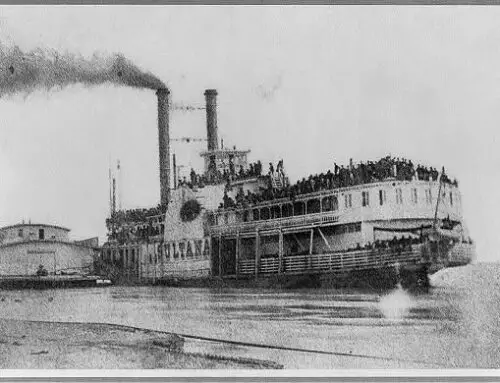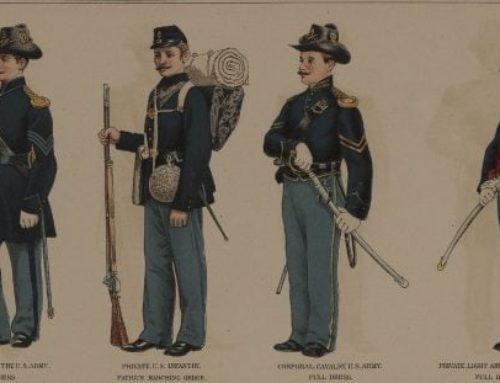The Union Navy was a well-designed and well-maintained naval force and completely ruled the seas and the rivers during the Civil War.
The Confederates never assembled an armada or a small fleet that could challenge the Unions superior naval position. The economies of both the North and the South were vastly different.
In the Union economy, there was an impressive population of skilled workers and an industrial juggernaut that was transformed almost overnight from a strictly commercial endeavor to a war-machine that could supply an enormous army for years.
The South had cotton and slaves, some tobacco and determination. The economy of the Confederacy, although quite impressive in it’s own right, was not the mass-industrial giant of the North. The South could not afford to build an impressive naval armada and did well with what it had to work with, even by Northern standards.
The Union, with it’s superiority in the naval department would have no trouble sailing up and down the Mississippi until they reached Vicksburg and the other Southern ports of call. Here the Union armada would be put to the test with epic battles against the lesser yet scrappy Rebel boats. The North understood all too well the position of the Confederate Navy, there was none.
The Rebels could not fight a ship-to-ship sea battle and the North knew this. What the North had to do was use their superiority in the water to their fullest advantage and that meant blockading southern supply lines. The absoluteness of the Union victory was never in question after the Union took control of the Mississippi.
The end was near and the vastness of the Union military machine was in full swing. At the end of the Civil War the Union navy was considered to be one of the best in the entire world, not just in regards to their superiority against the lesser Confederate sea power.
The only real naval threat that the Union navy had to deal with was the ironclad. The South had devised a way to retrofit their wooden ships into these iron boats capable of destruction against any wooden ship the Union had. This presented a great problem for the Union commanders and was about to be finalized.
The CSS Virginia, a converted Union wooden ship, was about to meet the Union mighty ironclad, The Monitor, in what was to be billed as an epic sea battle. Both ships battled fiercely for hours but in the end the battle ended in a draw with neither ship able to penetrate the others thick iron skin.
The superiority of Union naval forces meant victory at sea for the North and spelled the end for the South.






























